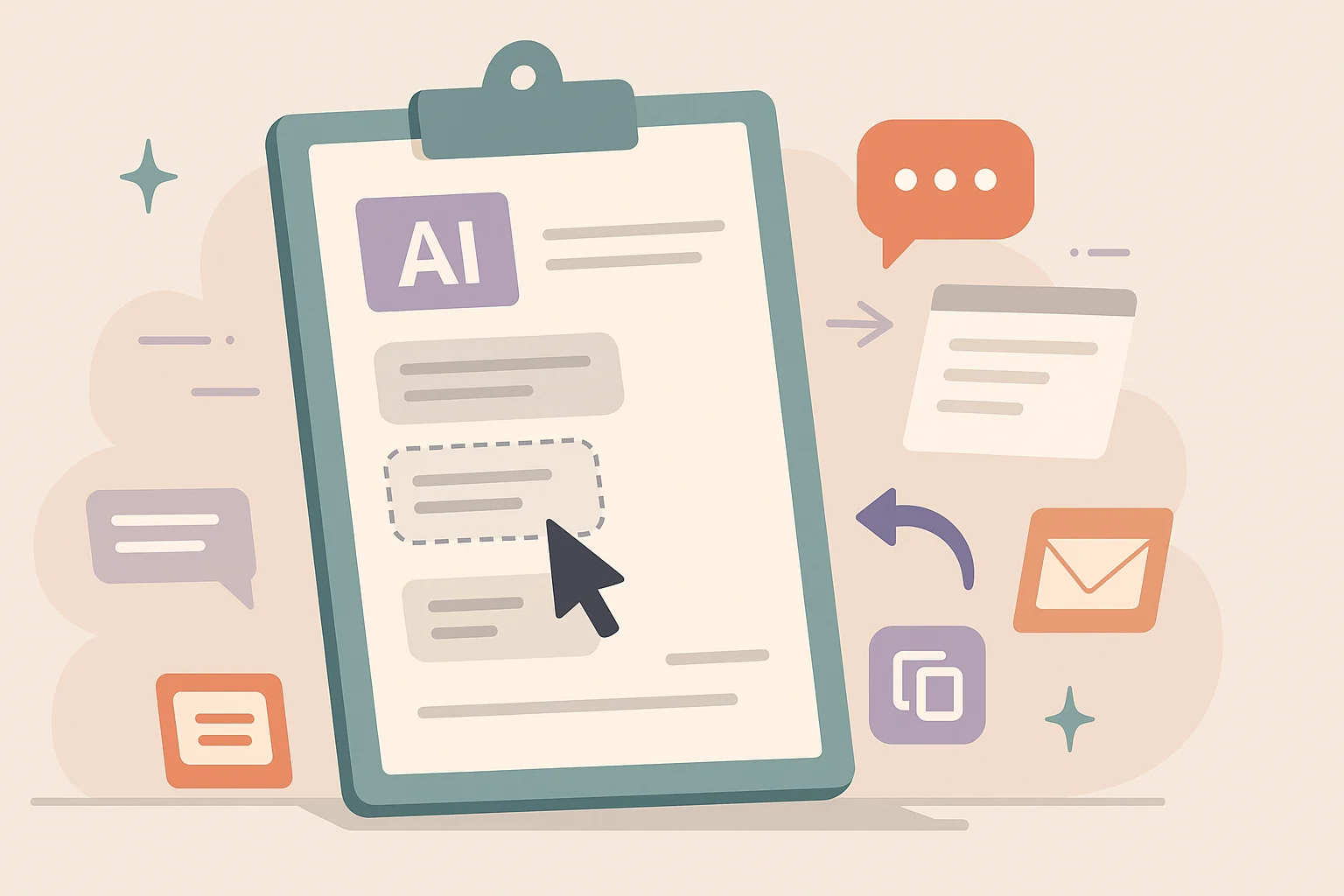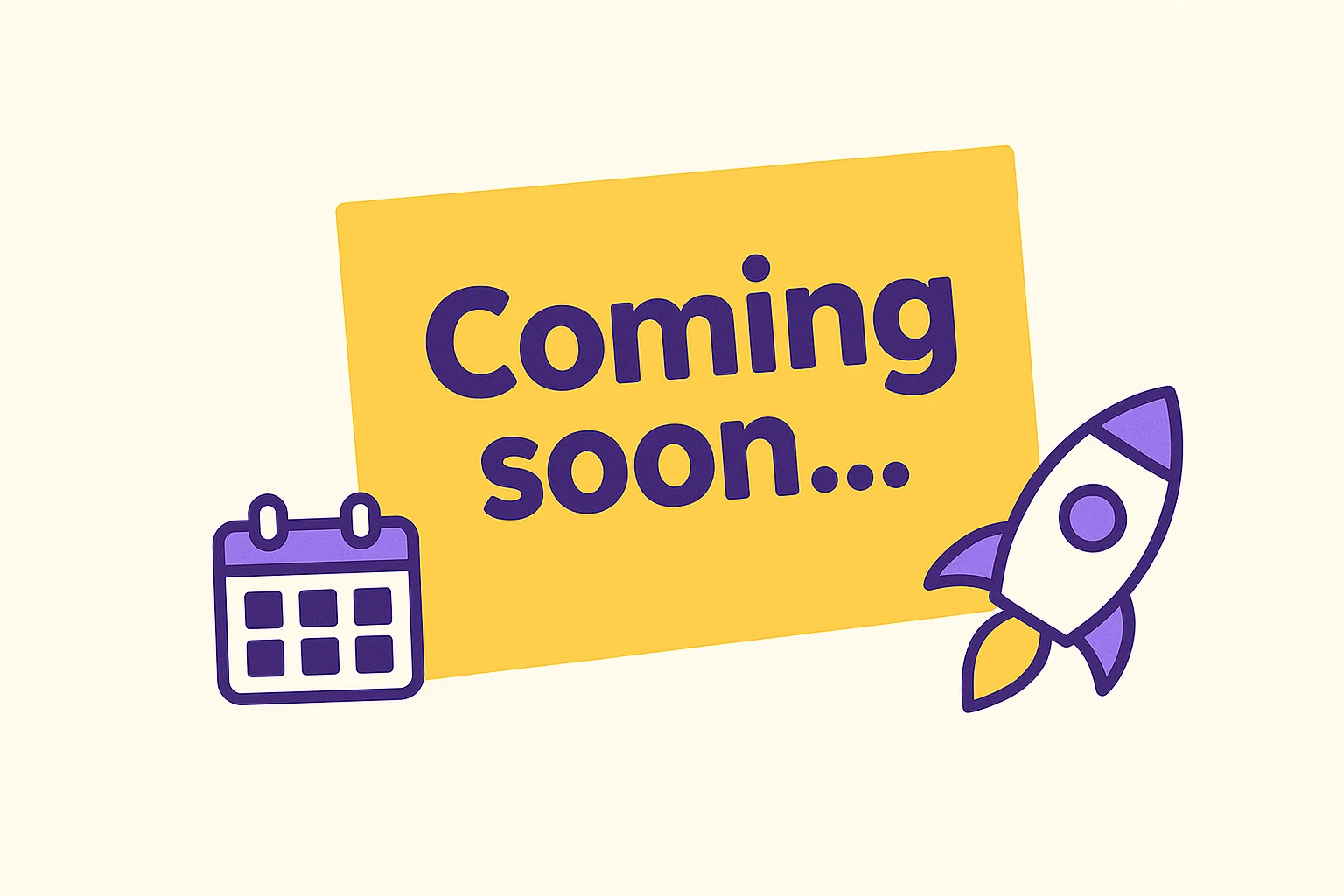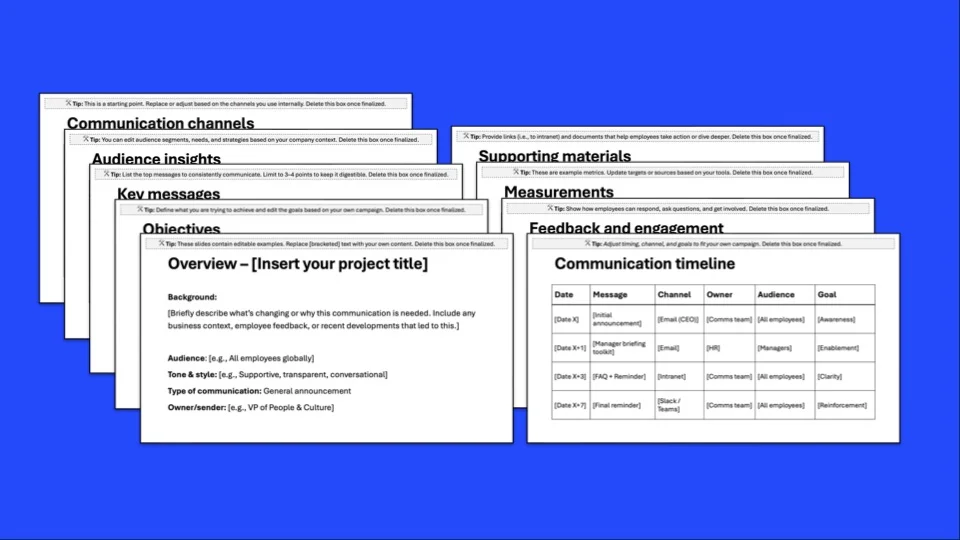Audience-centric communication means putting your audience’s needs and voice at the center of your messaging. Instead of generic marketing speak, you write copy that reflects the language, emotions, and pain points your customers actually express. This approach consistently outperforms one-size-fits-all messaging by making people feel understood – and an understood customer is an engaged customer. Below, we’ll break down the what, why, and how of audience-centric communications, with actionable steps, real examples, and data-backed insights you can apply even on a startup budget.
What is audience-centric communication (and why it works)?
Audience-centric communication focuses on understanding your target audience and tailoring your messages, tone, and language to resonate with them.
In practice, it means you speak to the customer rather than about yourself. This approach recognizes that each audience is unique in its values, fears, and vocabulary – and that a one-size-fits-all message is likely to be ignored. By contrast, a message that “fits” the audience grabs attention and builds trust.
As one marketer put it, “Generic messages are easily ignored. Tailored messages, on the other hand, capture attention and drive engagement. When your copy talks about their specific problem (in their words), people inherently perk up and listen.

Relevance is KING!
When you address the audience’s needs and use their own language, several things happen:
- Higher engagement & conversions: People are more likely to read and act on content that feels relevant to them. Tailored messages routinely lead to higher conversion rates than broad messaging. For example, one study notes that “a message that resonates is a message that sells”. In practice, companies see more sign-ups or sales when copy aligns with the reader’s situation (we’ll see concrete examples soon).
- Instant credibility: Speaking your customer’s language shows you “get” them. It demonstrates empathy for their concerns, which builds trust and credibility. Instead of tooting your own horn with buzzwords, you mirror what customers have told you. This positions your brand as a helpful guide rather than just another company pushing a product.
- Being heard through the noise: Today’s consumers are bombarded with ads and emails. Audience-centric copy is like hearing your name in a noisy room – it cuts through. It feels personally relevant, so it doesn’t get tuned out. As a result, targeted messages are remembered while generic ads are forgotten. In a crowded market, relevance is your competitive edge.
Core principles of audience-centric messaging include knowing your audience deeply, speaking to benefits (especially the ones they care about), and using a tone that matches their expectations. It’s communication with your audience, not at them. By embracing this mindset, even small brands can out-compete larger ones that cling to impersonal, “broadcast” style marketing.
The psychology behind audience-centric copywriting
1. The mirroring effect: people like what feels familiar

Humans are wired to trust people (and brands) that sound like them. In a fascinating study, waiters who repeated customers’ orders word-for-word earned 70% higher tips than those who simply said “okay.” When your copy echoes your customer’s words, they subconsciously feel, “This brand understands me,” making them more likely to trust and engage.
2. Cognitive fluency: simple language feels more trustworthy

The brain prefers content that is easy to read and process. Research shows that when something is difficult to understand, people assume it is less credible.
Instead of saying:
“Leverage our innovative scheduling module,”
Say:
“A simple way to schedule your day.”
One is jargon-heavy; the other is audience-friendly.
3. Self-identification & in-group language: speak like one of them

People use brands and products as an extension of identity. Research from Kellogg suggests consumers are drawn to brands that use their language and worldview.
If your copy includes familiar phrases or inside references your audience relates to, it signals: we’re on the same team.
A fitness brand might say “Crush your next workout” instead of “Engage in physical activity.” The first sounds like a peer’s encouragement, while the second sounds clinical.
4. Confirmation bias: when people hear their own thoughts, they trust you more

If a prospect is thinking:
“I just want a tool that doesn’t require a PhD to use“.
And your landing page headline says:
“Finally – software that doesn’t require an expert”
Then, people immediately feel understood. We love seeing our thoughts reflected back at us—it validates our feelings and creates an instant connection.
5. Social proof in their own words

Instead of writing:
“Our customers love us!”
Use real testimonials:
“I struggled for months until I found this tool. It’s so intuitive – I was up and running in minutes!”
People naturally trust words from fellow customers over brand-generated claims.
Real-world examples of audience-centric communication in action
LearnVisualStudio.net – Speaking to beginners, boosting sign-ups
| Before: LearnVisualStudio.net offers online coding tutorials.” | After: Taking you from beginner to your first developer job.” |
🚀 Result: 9.2% increase in conversions! Why? Because the new headline speaks directly to the audience’s goal and language.
Copyhackers – $150K launch using customer-language copy
Instead of guessing what would sell, Copyhackers researched their audience’s biggest fears about writing sales pages. The final sales page reflected these exact concerns in the audience’s words.
💰 Result: A record-breaking $150,000 in sales in just 2.5 days.
Slack – Winning with emotion-driven simplicity
Slack’s tagline: “Be less busy.”
It resonated because it addressed an emotional pain point (workplace overload) in three simple words. This approach helped Slack skyrocket to millions of users.
🧑🏫 Lesson: Simple, audience-focused copy beats jargon every time.
Turning raw audience data into powerful copy (A step-by-step framework)
1. Listen (collect data)
Gather voice-of-customer data from surveys, reviews, and conversations.
2. Analyze (Find patterns & key phrases)
Look for: ✔ Recurring phrases ✔ Common pain points ✔ Emotional triggers
3. Adapt (Rewrite copy in their language)
Instead of: “We offer robust analytics for business owners.”
Write: “See all your numbers in one simple dashboard.”
4. Test & optimize (Measure what works)
A/B test headlines, emails, and CTAs. Track which version converts best!
Final thoughts
Audience-centric communication isn’t about fancy words—it’s about understanding your audience better than your competitors do. Make your audience feel seen, and they will reward you.
- Start today: Run a quick survey, tweak one headline, or rewrite one email using real customer language.
- Test & refine: Audience preferences evolve, so keep listening and iterating.
- The result? Higher engagement, better conversions, and a stronger brand connection.
Want to take your communication even further? Now that you know how to craft audience-centric messaging, apply these principles to your internal communications as well.
Check out our guide on how to create an internal communication plan that works to ensure your messaging is clear, engaging, and aligned across your organization.↗






